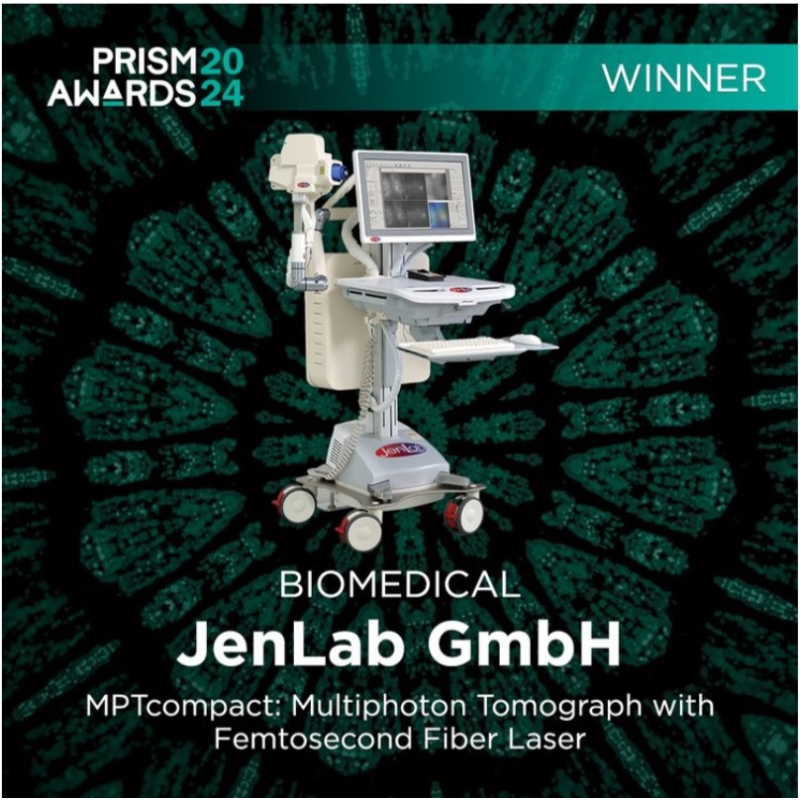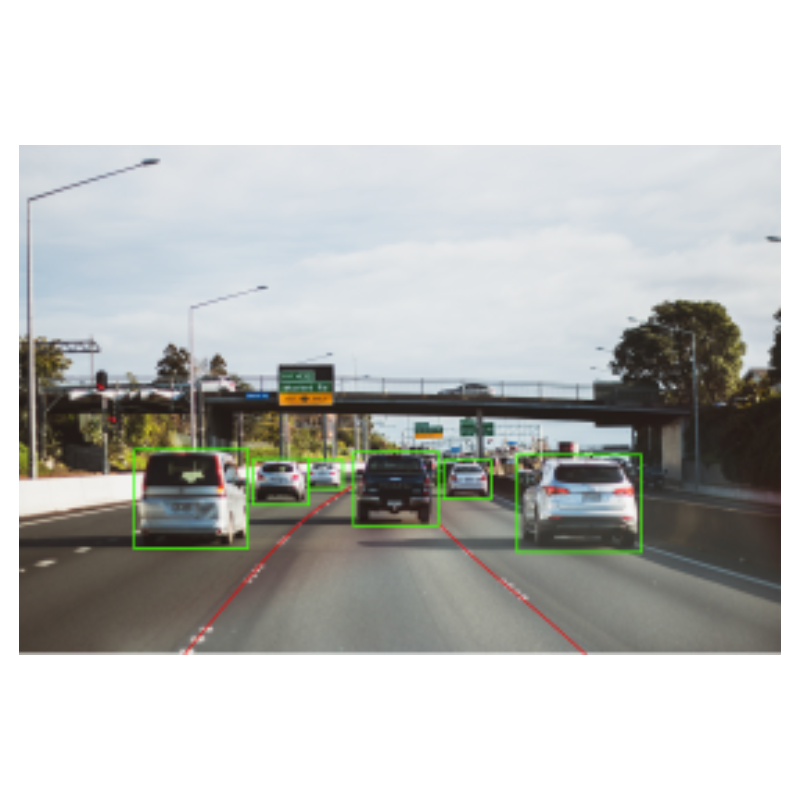锤子
液体喷射横向注入旋转交叉流体的三维贯穿度和速度分布
- 类别:分析方法/应用文章
- 上传人:欧兰科技
- 上传时间:2011/2/13 9:47:13
- 文件大小:3869K
- 下载次数:4
-
消耗积分 : 免积分
简介:
An experimental study has been conducted to study the effect of a swirling crossflow on transversely injected liquid jets. In-house designed axial swirlers with vane exit angles of 30°, 45° and 60° were used to generate the swirling crossflow. Laser Doppler Velocimetry (LDV) results indicate that the axial (Ux) and the tangential (Uθ) components of the crossflow velocity decrease with increasing radial distance from the center. Also, flow angle (ψ) of the crossflow is lesser than the swirler vane exit angle indicating that the swirlers did not impart sufficient tangential momentum for the flow to be parallel to the vanes at swirler exit. The deficit in flow angle increased with swirler angle. Water jets were injected from a 0.5 mm diameter orifice located on a cylindrical centerbody that protruded through the hub of the swirler. Particle Image Velocimetry (PIV) was used to study the behavior of the jets. PIV measurements were conducted in multiple cross-sectional and streamwise planes. Mie-Scattering images were col-lated to create three-dimensional representation of the jet plume, which was used to study penetration. In cylindrical coordinate system, the penetration can be described in terms of radial and “circumferential” penetration, where cir-cumferential penetration is defined as the difference in the circumferential displacement of the jet and the crossflow over the same streamwise displacement. Increasing the momentum flux ratio (q) resulted in a higher radial penetra-tion. Increasing the swirl angle reduced radial penetration and increased circumferential penetration. PIV results of the cross-sectional and streamwise planes each yielded two velocity components which were merged to obtain three-dimensional droplet velocity distribution. The three-dimensional velocity distribution yielded further insight into the evolution of the jet plume
打开失败或需在电脑查看,请在电脑上的资料中心栏目,点击"我的下载"。建议使用手机自带浏览器。
相关产品更多>>
下载该资料的还下载了
推荐学习更多>>
- 注意:
- 1、下载文件需消耗流量,最好在wifi的环境中下载,如果使用3G、4G下载,请注意文件大小。
- 2、下载的文件一般是pdf、word文件,下载后如不能直接浏览,可到应用商店中下载相应的阅读器APP。
- 3、下载的文件如需解压缩,如果手机没有安装解压缩软件,可到应用商店中下载相应的解压缩APP。



































